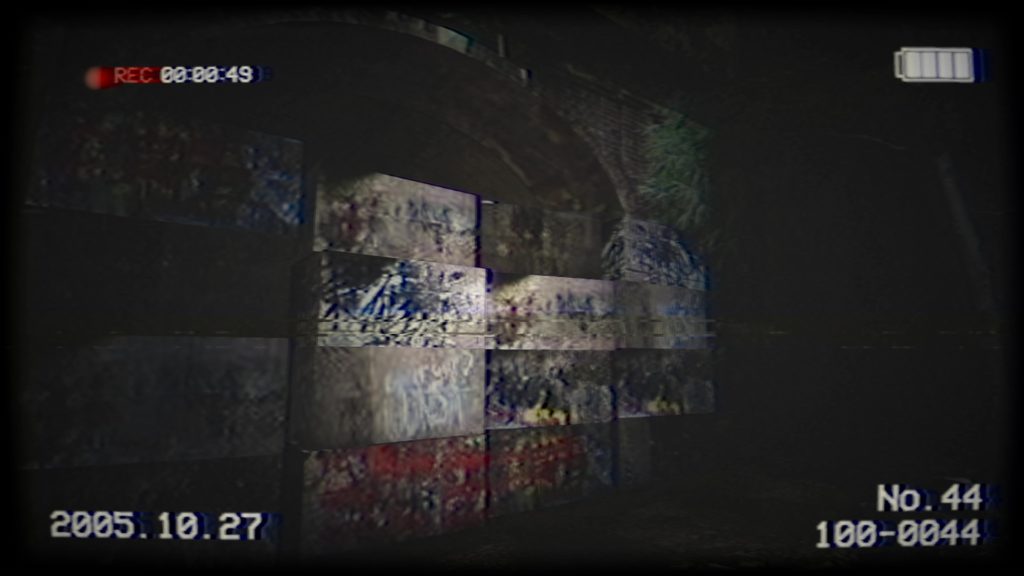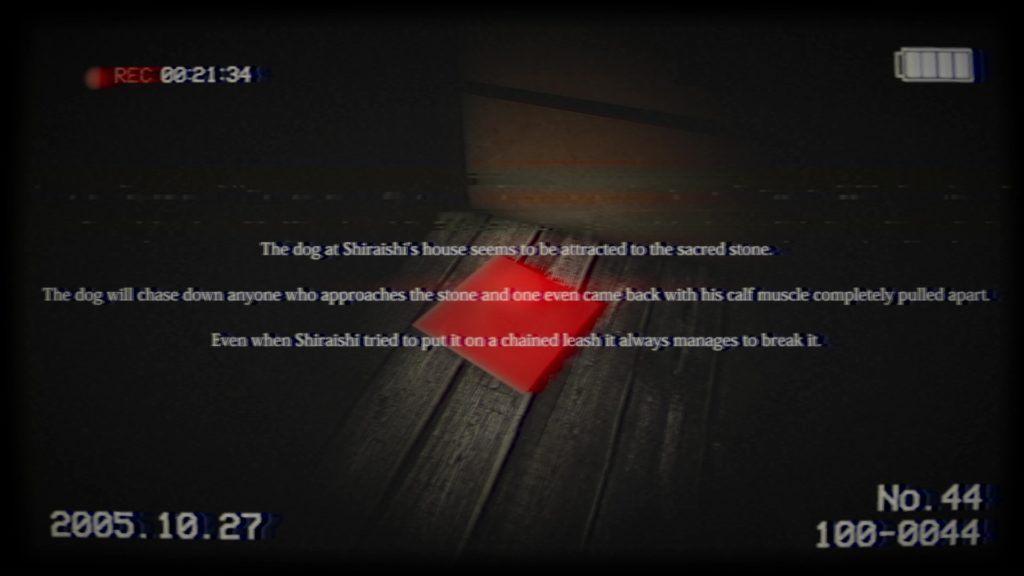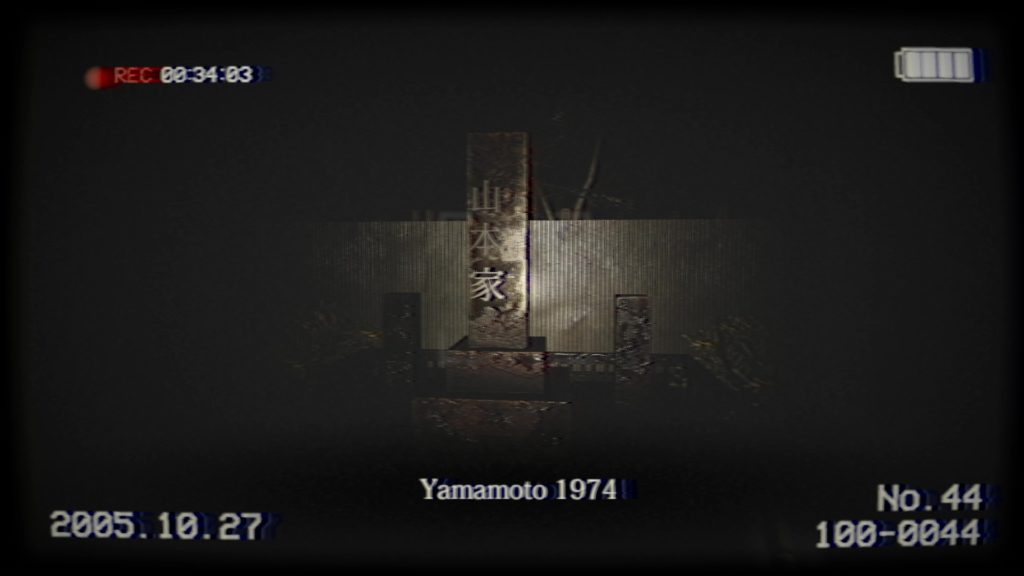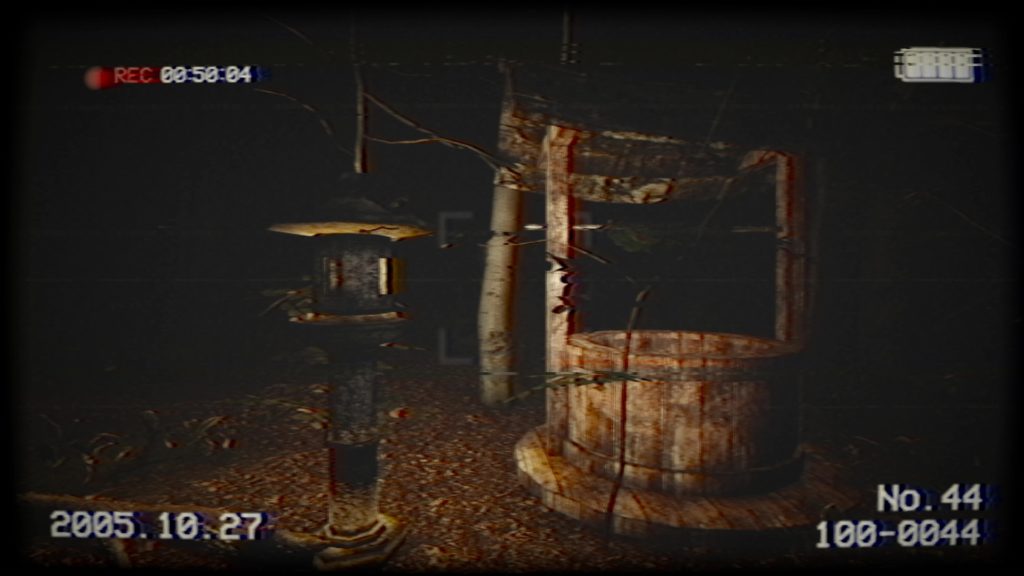Inunaki Tunnel creates fear through uncertainty
While most of Chilla’s Art’s horror titles for PC are based on tropes from popular media and Japanese folklore, Inunaki Tunnel is noteworthy in that it is based on a real-life landmark: the Old Inunaki Tunnel, which can be found in the town of Miyawaka in Fukuoka Prefecture, Japan.
The Old Inunaki Tunnel has been sealed up for many years with concrete blocks after many stories of people being killed both inside and outside the tunnel; supposedly many murders took place there, and many people were burned to death. It is referred to as the most horrifying place in Kyushu, and it, naturally, is the source of numerous ghost stories.

The most famous story about the Old Inunaki Tunnel is that of a murder which took place on December 7, 1988. On that day, 20 year old factory worker Kouichi Umeyama was murdered by a group of youths who assaulted him repeatedly after he refused to give his car up to them. He somehow managed to survive these relentless assaults and escaped several times, only to be caught and beaten again.
Eventually, hoping to kill him once and for all and make the body unidentifiable, the youths burned him alive in the Old Inunaki Tunnel. His screams echoed through the old tunnel, only adding to the rumours of vengeful ghosts in the region.
In Inunaki Tunnel, you play the role of an anonymous protagonist who has decided that they want to uncover the secrets of the Old Inunaki Tunnel and the mysterious Inunaki Village — if the latter even exists. What lies beyond that blocked-up entrance? Is it true that Japanese law does not apply beyond the mouth of the tunnel? What stories have been sealed away, waiting to be rediscovered and shared with the world? Is there any truth to the rumours — and are there any remnants of the crimes that were perpetrated there?

Gameplay in Inunaki Tunnel unfolds from a first-person perspective, much like most of Chilla’s Art’s other titles. Interestingly, though, this time around the action is presented as if you’re watching it on the viewscreen of a camcorder; besides being an appropriate stylistic choice, given the narrative setup, it also allows for a noteworthy addition to the user interface: the fact that the camera’s face recognition system responds to objects with powerful spiritual energy, thus helping you to pick them out from the game’s background scenery.
This is demonstrated to you right from the outset of the game through a Japanese doll you find lying on the ground. You can actually carry this doll through the entire game even though it serves no purpose whatsoever; it’s clearly intended to be an oddly comforting presence as you explore an extremely lonely, isolated environment which continually raises questions in your mind. Plus you can always do a Half-Life 2-style challenge run where you attempt to get it safely to the end of the game. Don’t expect an achievement if you do so, however.
Inunaki Tunnel is less about jump scares and more about atmosphere. Rather than simply being created through ambient sound as in many of Chilla’s Art’s other games, a significant part of how Inunaki Tunnel creates a sense of anxiety in its audience is through disorientation.

The game is very dark throughout — deliberately so — and the areas which you explore over the course of the adventure as a whole are quite large, meaning it’s quite easy to wander off the “main” path. And once you do, it’s hard not to feel a sense of panic as you attempt to find your way back to a meaningful landmark you recognise — not easy when you’re somewhere that has been largely reclaimed by nature over the years.
This isn’t to say that the game doesn’t reward exploration and curiosity. Getting the game’s “good” ending is dependent on finding a number of statues throughout the game and returning them to the plinths they originally stood on, and inevitably a fair few of these are hidden rather off the beaten track. You’ll need to indulge your own sense of curiosity to find some of these, make creative use of items and even pay close attention to the sounds you can hear in order to determine what you might need to do next. The camera’s “face recognition” system plays a key role in all this, too, so you’ll need to get to grips with how that works.
There’s an intriguing story to uncover over the course of your investigation, but it’s very much a case of piecing together something that happened in the distant past rather than solving a “current” mystery as in some other Chilla’s Art games. A certain amount of what happened is left up to interpretation by the time the ending rolls around — though you are provided with enough information to draw some interesting conclusions rather than feeling like you’ve been completely left in the dark by the time the credits roll.

In many respects, it feels like doing a “real” paranormal investigation — you’re not necessarily going to find yourself confronted with actual spooky scary ghosts, but you may well uncover some unsettling truths that have remained hidden for a few years. And those might be more chilling than anything you actually saw with your own two eyes!
For that reason, Inunaki Tunnel might not have as broad an appeal as some of Chilla’s Art’s more explicitly “horror” titles. It’s a much more subtly told story with an almost “gentle” sense of unease about it rather than in-your-face scares — but that makes it rather interesting to explore, especially alongside this prolific developer’s other work.
Inunaki Tunnel is available for PC via Steam.
Join The Discussion
Rice Digital Discord
Rice Digital Twitter
Rice Digital Facebook
Or write us a letter for the Rice Digital Friday Letters Page by clicking here!
Disclosure: Some links in this article may be affiliate links, which means we may earn a small commission if you make a purchase after clicking on them. This is at no additional cost to you and helps support Rice Digital!
- Letter from the Editor: passing the torch - June 30, 2023
- Super Woden GP 2 is looking promising - June 30, 2023
- Inti Creates is making a 32 bit-style Love Live action platformer - June 26, 2023







